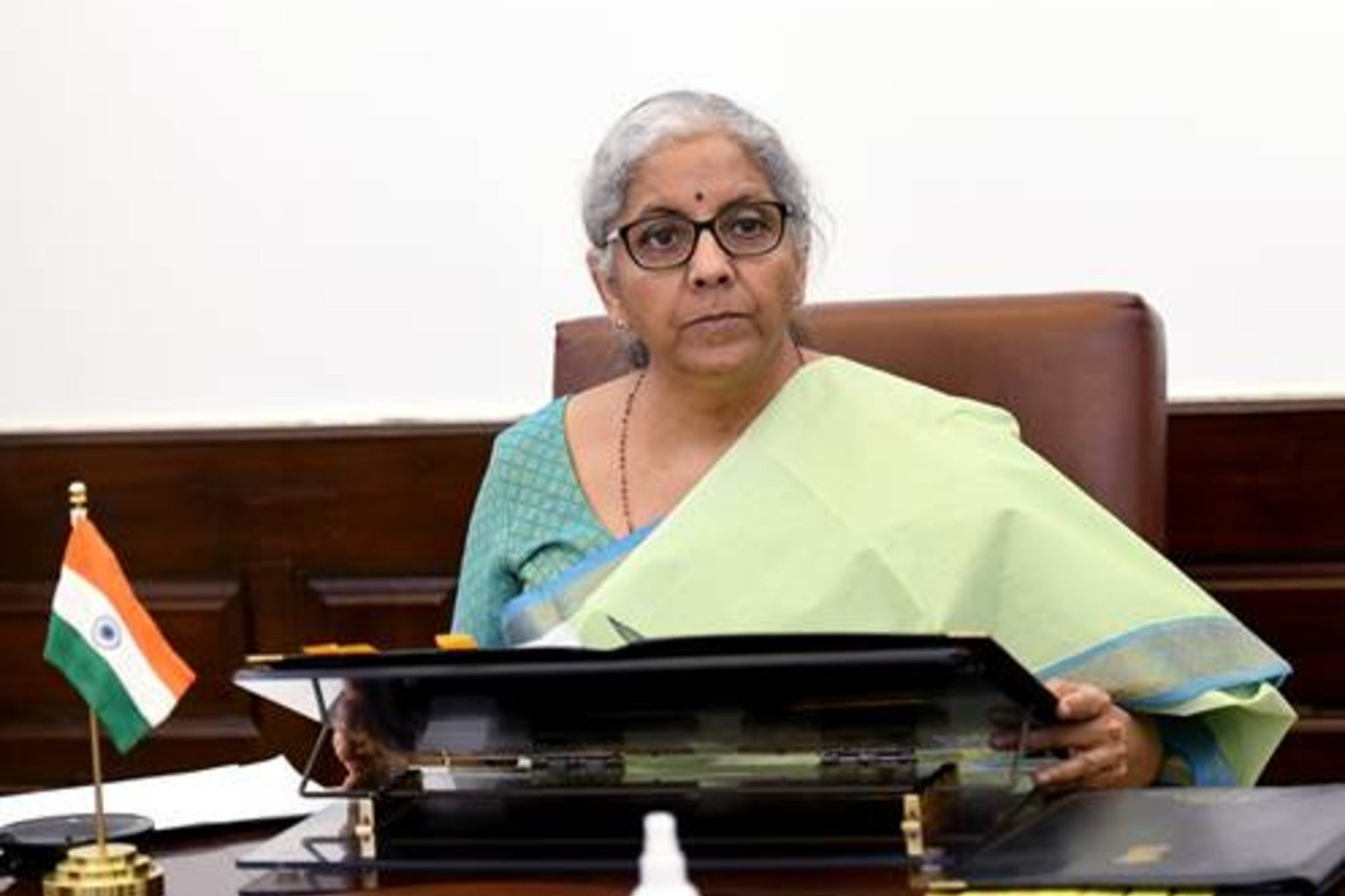Xiaomi Recaptures Top Spot In Q4 2020 While Samsung Slips To The Second Position According to a report by Counterpoint Technology Market Research, the smartphone market crossed 100 million units in the second half of 2020 for the first time ever
Opinions expressed by Entrepreneur contributors are their own.
You're reading Entrepreneur India, an international franchise of Entrepreneur Media.

India's smartphone shipments declined by a modest 4 per cent year-over-year (yoy) to reach over 150 million units in 2020, according to research from Counterpoint Technology Market Research. The high consumer demand post-lockdown, as well as strong promotions on online channels and new uses cases like e-learning and work from home, drove the smartphone market in the pandemic-hit year.
The Indian smartphone market grew 19 per cent yoy in (fourth quarter) Q4 2020 as the festive season offers got extended, when compared to Q4 2019, due to Diwali falling on 14 November 2020, said the report.
India's mobile handset market declined 9 per cent yoy in 2020 due to a decline in feature phone shipments. The feature phone market registered a 20 per cent decline in 2020 as consumers in this segment were the worst hit by the lockdowns. However, Itel grew 26 per cent yoy in the feature phone segment and became the market leader in 2020.
Xiaomi recaptured the top spot in Q4 2020 with a strong 13 per cent yoy growth while Samsung slipped to the second position in Q4 2020 but exhibited a strong 30 per cent yoy growth.
"The Indian smartphone market maintained its momentum in Q4 2020 after a record-breaking third quarter. As Diwali was in mid-November this year, we witnessed high shipments during October as well. The overall market crossed 150 million units in 2020 driven by high consumer demand post-lockdown. Multiple new use cases such as online education, as well as increased content consumption, were the major factors for the high consumer demand. Going forward, we believe that this demand will grow further as more people transition from feature phones to smartphones and feature-rich devices, diffusing towards lower price tiers," shared Prachir Singh, senior research analyst, Counterpoint Technology Market Research while commenting on the market dynamics.
According to the report, Vivo remained the top offline player in 2020. However, it declined 13 per cent yoy due to high exposure to the offline market, which was impacted by the pandemic in 2020. However, the brand exited 2020 on a leaner inventory, thanks to its channel strategies and robust supply chain connections.
Whereas Apple captured the sixth spot in Q4 2020 with 171 per cent yoy growth in Q4 and 93 per cent yoy growth in 2020. The launch of the iPhone 12, aggressive offers on the iPhone SE 2020 and iPhone 11, and online expansion drove this growth. For the first time, the brand crossed 1.5 million shipments in a single quarter, the survey further stated.
"The anti-China sentiments largely subsided by the end of the year with Chinese brands holding 75 per cent market share in 2020. During the year, we saw innovative channel strategies from leading brands due to changed consumer behavior in the wake of COVID-19. Offline-centric brands such as Samsung, Vivo, and OPPO increased their online presence. Samsung increased its online presence with the Galaxy M-series on Amazon while launching the Galaxy F-series on Flipkart. Xiaomi launched "Mi on Wheels' to drive its sales on offline channels and in remote areas. Brands also launched innovative promotions and loyalty programs such as "Smart Upgrade' to retain as well as increase their user base. At the end of the year, we witnessed the return of Indian brands with Micromax announcing its IN-series smartphones. Indian brands are looking to expand their market share by leveraging the PLI scheme," explained Shilpi Jain, research analyst, Counterpoint Technology Market Research while commenting on the competitive landscape and brand strategies.
The year 2020 brought unexpected changes in the Indian smartphone industry due to COVID-19, anti-China sentiments, and developing manufacturing ecosystem. With these, also marked the re-entry of Indian brands like Micromax. With its newly launched IN-series smartphones, Micromax has reached its highest market share in six quarters. With Indian brands revamping their portfolios, and Jio coming up with an entry-level 4G smartphone, 2021 will be a significant year for Indian brands and we expect their share to increase.
In 2020, 5G smartphone shipments crossed 4 million units in India. These shipments were driven by two brands – OnePlus, the only brand with a 100 per cent 5G portfolio, and Apple, which launched the iPhone 12 series with 5G connectivity. Going forward, 5G smartphone shipments are expected to increase by more than nine times to reach 38 million units in 2021.










